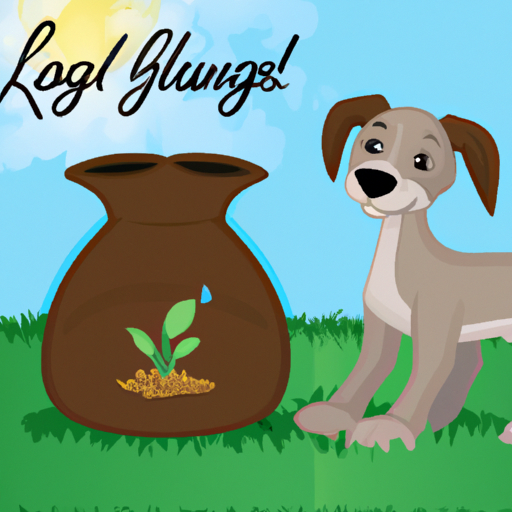Introduction
Imagine your furry friends frolicking freely in your lush, green backyard. But alas, maintaining a picture-perfect lawn and dogs usually don’t go hand in hand, do they? Fear not! You can still have your dream yard without restricting your dogs. Here’s your comprehensive guide on how to grow grass with dogs around.
Choose the Right Grass
Choosing the right type of grass is the first essential step to ensure it survives the wear and tear caused by your dogs. Here are some dog-friendly grasses that you can consider:
- Kentucky Bluegrass: Known for its ability to withstand high foot traffic and recover quickly.
- Perennial Ryegrass: Notable for its rapid growth and sturdy nature.
- Fescue: Resistant to heat, drought, and shade, making it a versatile option.
Protect the Grass
Your next step in this venture is to provide the grass ample protection. It is crucial to keep your dogs off the newly seeded areas until the grass matures. Here’s how you can do it:
- Fence the area: Erect a temporary fence around the newly seeded area to keep your dogs away.
- Use a deterrent: Spray pet-safe deterrents that have a smell unappealing to dogs to keep them from stepping on the grass.
- Provide an alternative: Create a dedicated dog run in your backyard so your dogs have a place to play without ruining the grass.
Regular Maintenance
Just like you, your lawn needs regular care and attention to stay in top shape. Here are some maintenance tips:
- Watering: Ensure your lawn gets at least 1 to 1.5 inches of water per week.
- Aeration: Aerate your lawn at least once a year to prevent soil compaction.
- Fertilizing: Use a pet-safe fertilizer to provide the essential nutrients to your lawn.
| Grass Type | Watering | Aeration | Fertilizing |
|---|---|---|---|
| Kentucky Bluegrass | 1 inch/week | Once a year | Pet-safe fertilizers |
| Perennial Ryegrass | 1.5 inches/week | Once a year | Pet-safe fertilizers |
| Fescue | 1 inch/week | Once a year | Pet-safe fertilizers |
Handle Dog Urine
Dog urine can cause unsightly yellow spots on your lawn. But there are ways to mitigate this issue:
- Train your dog: Train your dogs to use a specific area of the yard for their business.
- Water the spot: Immediately water the spot where your dog urinated to dilute the nitrogen content.
- Diet changes: Consult with your vet about dietary changes that can make your dog’s urine less harmful to the grass.
FAQs
Q: Can dog urine kill grass?
A: Yes, the high nitrogen content in dog urine can kill grass.
Q: Can I let my dogs on the lawn right after seeding?
A: No, it’s best to keep dogs off the newly seeded areas until the grass matures.
Q: How often should I water my lawn?
A: Your lawn needs at least 1 to 1.5 inches of water per week.
Remember, every blade of grass in your yard shares a special bond with your dogs. With a little patience and care, you can make your backyard a happy place for both your grass and your dogs!



